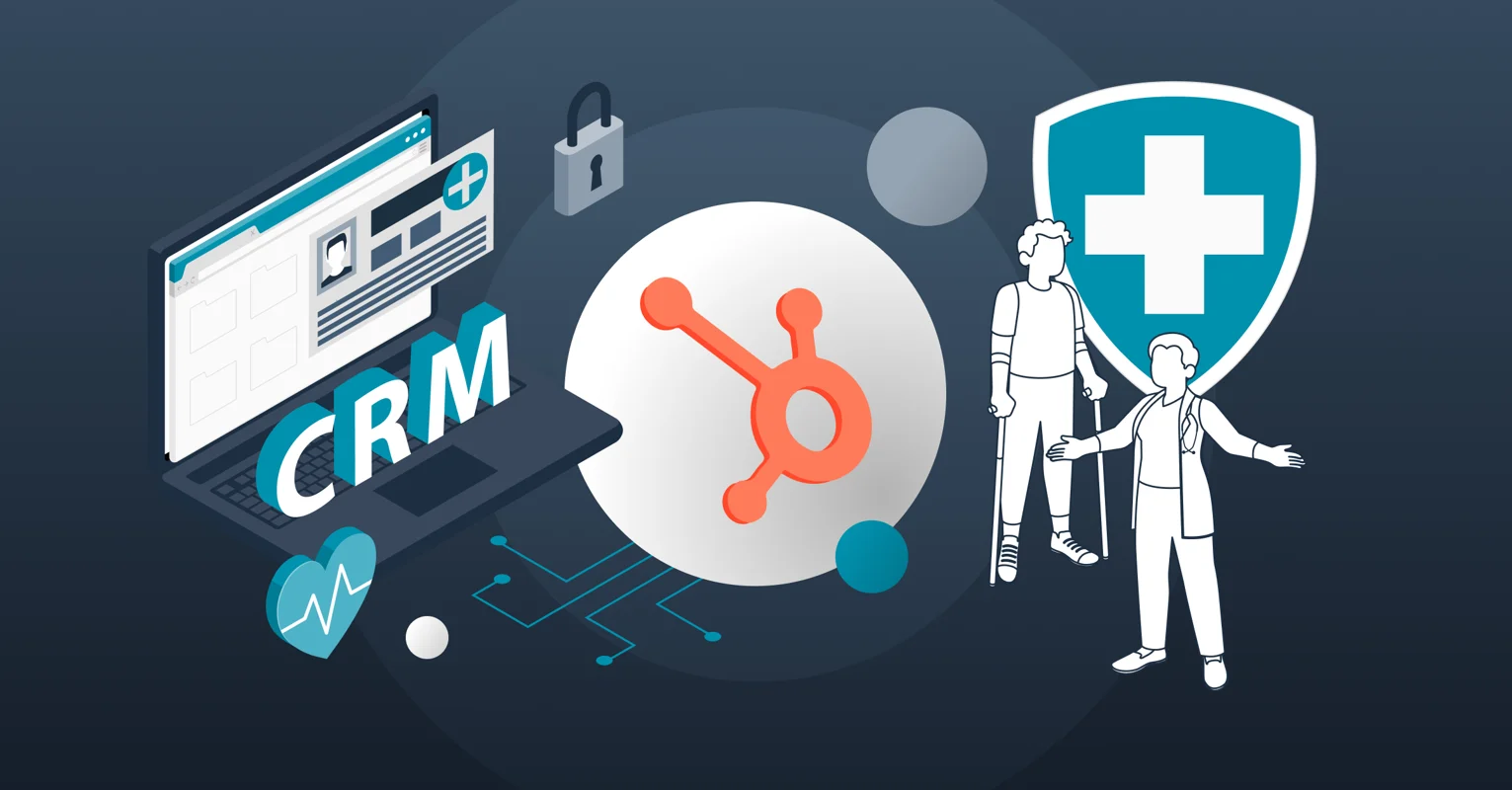Effective approaches to capture attention, drive engagement, and build authority in biotech and pharma marketing
Discover 10 high-impact content formats tailored for life sciences audiences. Learn why formats like white papers, data‑driven videos, case studies, and interactive tools drive conversions, build trust, and meet regulatory and SEO standards.
Introduction
In life sciences marketing, the ability to communicate complex science in a way that resonates is essential. Content must educate, comply with regulations, and earn trust—all while cutting through digital noise. This article presents 10 content formats that deliver results in biotech and pharma, grounded in audience preferences, SEO trends, and best practices from industry leaders.
Each format pinpoints:
- Why it works with life sciences audiences
- Best practices for execution
- Regulatory or SEO considerations
- Real-world examples or data
1. Educational Blogs & Long‑Form Guides
Why it works:
- Thoughtful, narrative-driven guides help HCPs and scientists tackle complex topics.
- Google favors content exceeding 1,500–3,000 words when authoritative and well-structured.
Best practices:
- Use clear subheads, visuals, and cited research from PubMed or FDA.gov.
- Segment content for different readers—patients, HCPs, regulators.
SEO angle:
- Target intent-based keywords like “cell therapy roadmap review.”
- Optimize headings and meta details with labelling disclaimers.
2. White Papers & Technical E‑Books
Why it works:
- These are go-to downloadable assets for decision-makers evaluating novel technologies.
- B2B buyers in biotech prefer in-depth white papers
Best practices:
- Include peer data, vendor-neutral insights, and balanced analysis.
- Offer gated downloads in exchange for qualified leads.
Compliance tips:
- Keep benefit‑risk notes aligned with FDA labeling.
- Date-stamp content and update annually.
3. Data‑Driven Infographics
Why it works:
- Visuals simplify dense data—biologists and medical reviewers appreciate quick clarity.
- Infographics increase content engagement by up to 65%.
Best practices:
- Use visual hierarchy—highlight core insights with branded styles.
- Cite data sources openly (e.g., clinical trials.gov, published journals).
SEO bonus:
- Enable image search with alt text and metadata embedding.
4. Case Studies & Application Notes
Why it works:
- Real-world examples build credibility—clearly demonstrating product efficacy and ROI.
- Content Marketing Institute notes top marketers use case studies.
Best practices:
- Include objectives, methodology, transparent outcomes, and lessons learned.
- Secure client consent or anonymize as needed.
Regulatory note:
- Avoid off‑label claims. Keep content grounded in labeled use and supported data.
5. Scientific Webinars and Explainer Videos
Why it works:
- Video engages different learning styles.
- Webinars allow two-way engagement with Q&A features.
Best practices:
- Pair subject-matter experts with strong visuals (e.g., brand‑approved MoA animations).
- Caption every video; insert benefit/risk mentions clearly.
Distribution:
- Host on YouTube (unlisted), embed within gated content, share on LinkedIn.
6. Interactive & Scrollytelling Content
Why it works:
- Interactive visuals captivate audiences by deepening the engagement.
- Platforms like ScrollyVis allow dynamic storytelling with worth noting performance gains.
Best practices:
- Use scrollytelling for complex topics (e.g., pipeline pipeline progression).
- Make content mobile‑friendly and ADA accessible.
7. Podcasts & Audio Interviews
Why it works:
- Busy professionals engage with audio during commutes—providing access to thought leadership without screen-time.
- Growing trend: life sciences brands and institutions moving into branded podcast formats.
Best practices:
- Focus each episode on a single topic.
- Transcribe and publish with show notes and source links.
Compliance note:
- Avoid promotional talk; center on education and research findings.
8. Social Media Micro‑Content & Memes
Why it works:
- Scientists and early-career biotech workers consume quick, visual communications via LinkedIn and X (Twitter).
- This format humanizes complex topics and builds culture.
Best practices:
- Share experiment snapshots, conference clips, bite-sized expert quotes.
- Tag posts with relevant hashtags and disclaimers when needed.
SEO benefit:
- Drive traffic back to full content hubs or gated assets.
9. Employee‑Generated Content (EGC)
Why it works:
- Content from real scientists or reps amplifies trust and authenticity.
- Encourages internal experts to share company updates or technical insights personally.
Best practices:
- Develop clear guidelines for tone, compliance, and vetting.
- Equip subject-matter experts with branded templates and support.
10. White Label Partner Content & Co‑Branded Reports
Why it works:
- Partnering with research institutes or CROs expands reach and lends scientific credibility.
- Co-authored content strengthens brand reputation via association.
Best practices:
- Align each document with both partners’ compliance standards.
- Distribute via email, events, and gated microsites.
Expert Insight
“Life science audiences increasingly expect content that mirrors their analytical mindset—data-driven, transparent, and clearly sourced.” says Dr. Priya Nambiar, VP of Oncology Digital Marketing.
“Formats like webinars, calculators, and interactive visualizations outperform basic blogs—especially when balanced with strong compliance.”
Regulatory & SEO Considerations
- Compliance: Include balanced benefit-risk info in all formats. Get MLR sign-off on external content.
- SEO: Optimize titles, headings, and metadata with intent-based keywords (“clinical assay webinar”) and structured schema.
- Accessibility: Ensure captions, alt text, readable contrast, and transcripts for audio/video materials.
Conclusion
In today’s highly regulated and information-rich life sciences landscape, effective content isn’t just creative—it’s strategic. The best-performing formats blend clarity, credibility, and compliance, whether through an infographic, a case study, or an interactive calculator. By aligning content with audience behavior, SEO trends, and FDA standards, biotech and pharma marketers can transform scientific messaging into measurable engagement and long-term trust.

